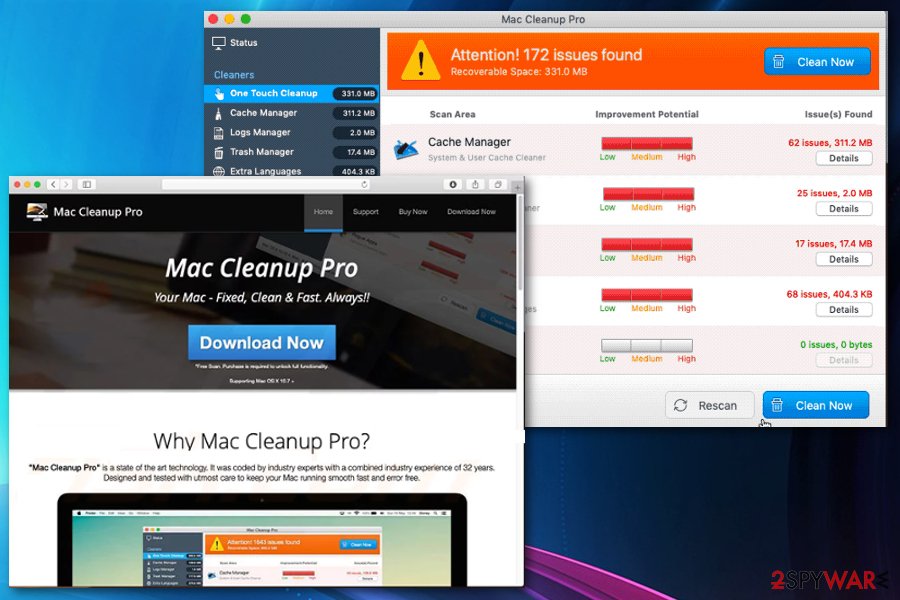

That's how to see what you've got per folder, but don't forget about Disk Inventory X because it does, essentially, the same thing but graphically and more fun, if you're afraid of the command line. Disk Doctor: System Cleaner 4+ Free Up Disk Space FIPLAB Ltd 3.7 274 Ratings 2.99 Screenshots Updated for macOS 12 and Apple M1 Millions of downloads & thousands of 5-star reviews Free up tons of disk space with Disk Doctor by removing gigabytes of unneeded files from your hard drive.

If I wanted to wipe out Dave then I could go to iTunes and delete him, but there's no way I doing that. Open the Mac App Store to buy and download apps. Well, I'm not going to delete them but it was fun to look. But I'm only going to be interested in the top 2 > cd Musicĭave an Pat! I love Dave and Pat's just ridiculously good. To clean the outside of your Mac, wipe it down with a soft cloth. How do we clean-up Other storage on Mac OS X Check your Downloads folder and remove old downloaded files that you no longer need Clean up your Library. # Not much of value in that, so let's look in the iTunes directory > cd iTunes Although macOS looks neat and tidy from the user’s perspective, it often collects a lot of junk files in hidden folders that can take up gigabytes of storage unnecessarily. # Head into the Music diredtory and rerun the du command there > cd Music Let's take the Music directory and see what's in there: I do a lot of work with my guitar and I have a lot of data associated with it so it's the biggest by far. You run du in in summary mode, where all of the numbers are in kilobytes and then you sort them numerically, where the larger numbers go to the bottom. Now let's break that down: > du -sk * | sort -n # This might take a while to run so be patient > du -sh # If I want to know where it's going, I would first find out how much is being used in my # home directory. # You can see that I have, essentially, a 500GB disk on my mac and I'm using nearly all of it. įilesystem 1K-blocks Used Available Use% Mounted on # Find out how much disk you have available > df.


 0 kommentar(er)
0 kommentar(er)
